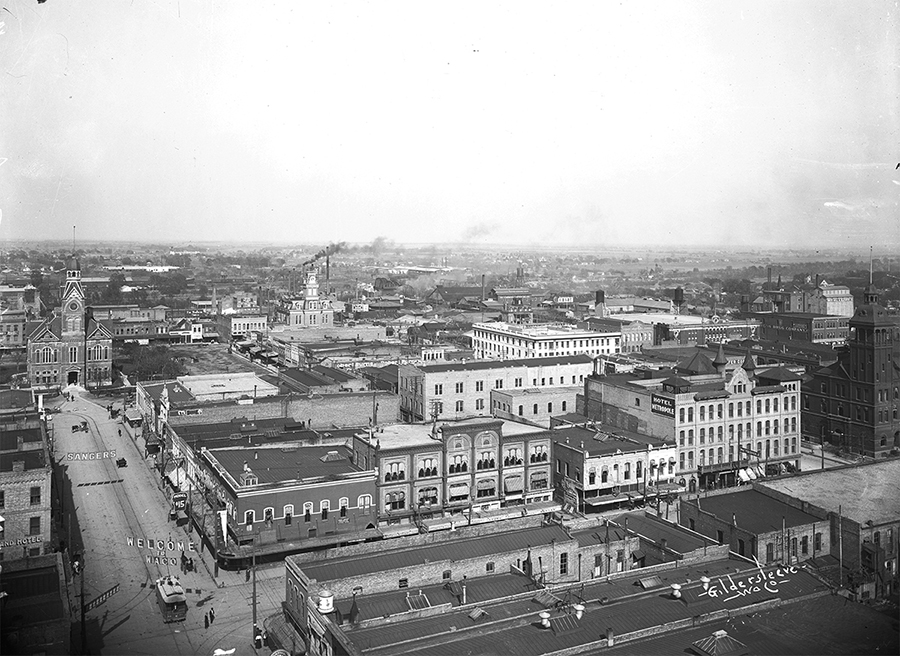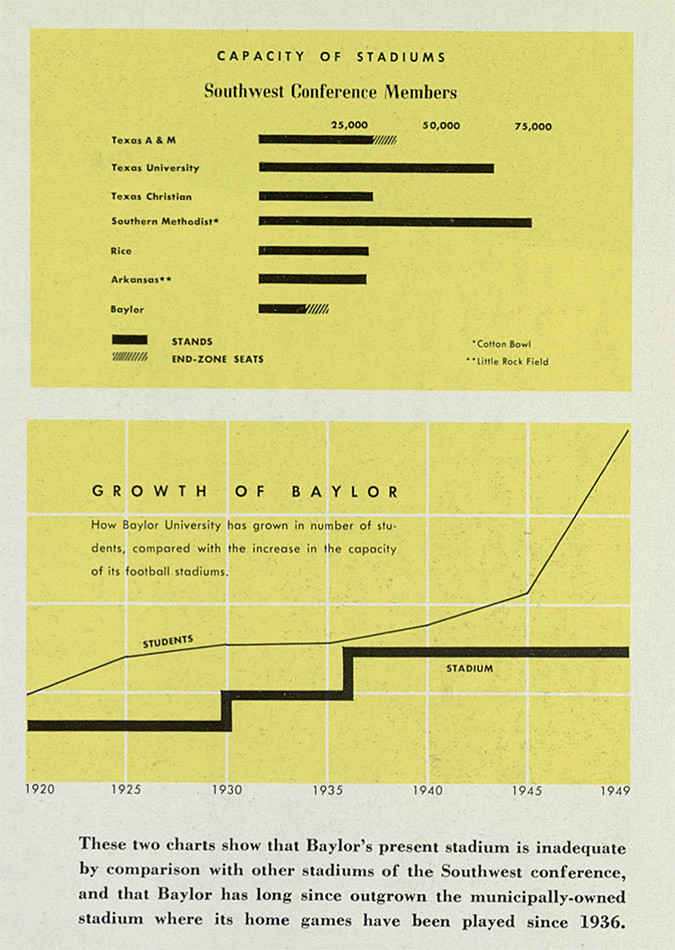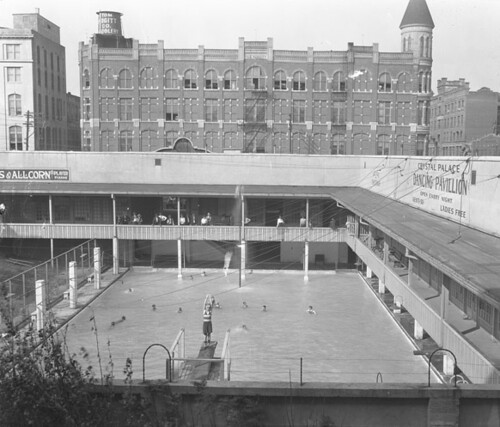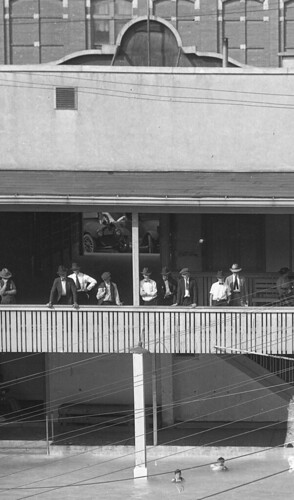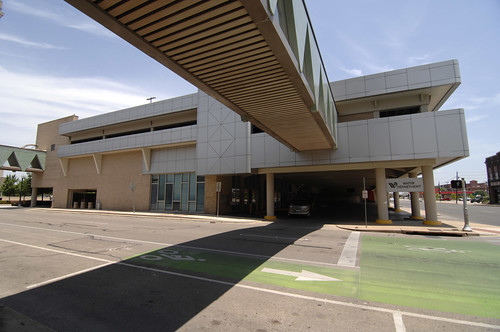Text by Geoff Hunt

By Geoff Hunt, Audio and Visual Curator
Edward Charles “E.C.” Blomeyer’s time in Texas was brief but well-documented. From telephone poles to animals, floods to parades, and much more, the amateur shutterbug committed many views of early 1900s Texas to film—and we reap the benefit today with the Edward C. Blomeyer photographic collection.
Born in Missouri in 1882, Blomeyer moved in 1912 with his family to Waco, Texas, to work as auditor for the Brazos Valley Telegraph and Telephone Company. He came with knowledge of the telephone industry gained while working for the Southeast Missouri Telephone Company in Charleston, Missouri, where he served as rate collector and in management. He would spend only eight years in Texas, but his knowledge and experience quickly helped to improve a rural, and in some areas quite primitive, telecommunications network.

In 1914, Blomeyer began working for the Texas Telephone Company after it expanded to include many independent companies in Lorena, Mart, McGregor, Moody, Waco, West, and the Brazos Valley Telegraph and Telephone Company. This expansion of the Texas Telephone Company gave Blomeyer many opportunities for improving the existing telecommunications infrastructure. He first served as secretary-treasurer of the Waco-based Texas Telephone Company and worked his way up to be president by 1918.
But Blomeyer wasn’t just a career man—he was a photographer as well, capturing many images of Waco. He recorded many scenes of this booming city including trains, airplanes, bridges, rivers, animals, military, the cotton industry, and significant events. His professional interests overlapped with his hobby, providing a rare look into the early telecommunications network in and around McLennan County. These scenes include many early telephone poles—some of which are just sticks with wire attached to barbed wire fence posts! Additionally, Blomeyer documented his travels, with destinations ranging from Galveston, Texas, to Niagara Falls.

In 1920, Waco lost one of its pioneering men in the telecommunications industry. Blomeyer went to work for the Automatic Electric Company, based in Chicago. He stayed with the company as it changed ownership throughout the years, eventually merging with what would become GTE (General Telephone & Electronics). Blomeyer retired from the telephone industry in 1956, having worked his way up to the position of Vice-President of GTE. After retirement, he spent some of his remaining years in Palm Beach, Florida, where he died in 1964.
When The Texas Collection acquired Blomeyer’s photographic collection in 2012, consisting of approximately 1,500 photographic negatives and prints, they were neatly filed in a tattered old box. Its original owner or photographer was not known—the seller from whom we purchased it thought the creator was Fred Gildersleeve, a noted Waco photographer. However, Gildersleeve was just the person who developed several of the printed photographs. But we needed more information to tell properly the story behind these photos and the person who took them.

The first big lead in our case was a small business card sandwiched between a group of negatives. It read: “E.C. [Edward Charles] Blomeyer, Waco, Texas, President of the Texas Telephone Co.” The subjects in the pictures helped confirm Blomeyer as the photographer and creator of the collection. Now that there was a name to link this collection to, we turned to the Internet. Blomeyer turns out to have been a prolific writer of articles on the telephone industry and its management, photography, and various hobbies, we learned from several digitized magazines.
The items in the collection date from 1906 to about 1923. Although he was not a professional photographer, his high-quality work provides a great history of the Central Texas community. Blomeyer was an interesting person to research. He left many traces about what he did professionally through his writings and about many aspects of his personal and family life through his photography.
This post shows just a small sampling of Blomeyer’s work—look for our upcoming series on Blomeyer’s photography, Texas in the Teens. We’ll travel with Blomeyer all over Texas (and maybe outside the state, too), and take a look at transportation, animals, and more.
Check out our Flickr set below for your first view of Blomeyer’s work. You can see more images in the finding aid in BARD—just do a search for Blomeyer, then enjoy!
Sources:
Wright, Todd. “Mrs. Blomeyer to be Honored at Dedication of PBAC Library.” Palm Beach Post (Palm Beach, FL), Feb. 27, 1969.

